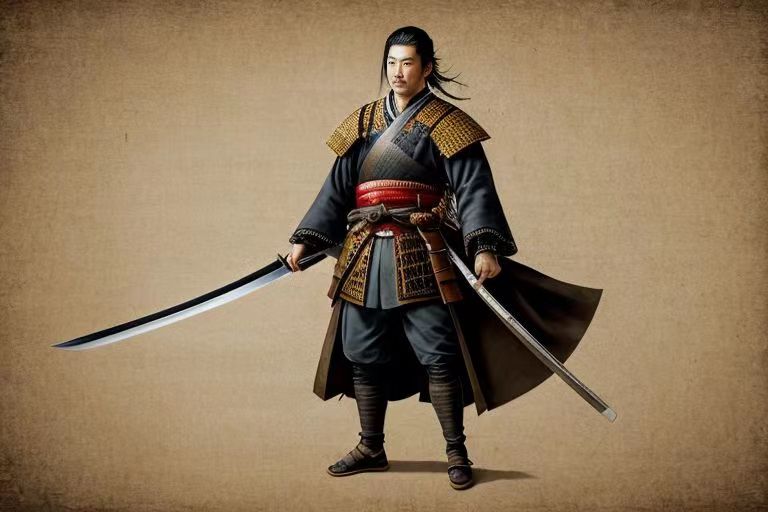Sakamoto Ryōma: The Visionary Samurai of Meiji Japan
- Japanese Kanji: 坂本 龍馬
- Japanese Kana: さかもと りょうま
- Hepburn romanization: Sakamoto Ryōma

Early Life and Education
Sakamoto Ryōma was born in 1836 in Tosa, a domain on the island of Shikoku, Japan. Coming from a low-ranking samurai family, Ryōma faced a rigid class structure but was determined to rise above his station. His education began in a private school and later, due to his interest in martial arts, he trained in fencing, becoming a master swordsman.
Political Awakening
The arrival of Commodore Perry from the United States in 1853, which ended Japan's period of national isolation, profoundly influenced Ryōma. Witnessing the signing of the Convention of Kanagawa and the perceived weakening of the Tokugawa shogunate's authority, Ryōma grew critical of the shogunate's inability to protect Japan's sovereignty.
Revolutionary Activities
Ryōma's political involvement deepened after his return to Tosa. He joined the Tosa Loyalist Party, advocating for the restoration of power to the Emperor and the expulsion of foreign influence. His radical ideas led him to sever ties with the local movement, adopting the alias Saitani Umetarō, and working against the shogunate's interests.
Building Alliances
In a significant move, Ryōma facilitated the Satchō Alliance between the historically antagonistic Chōshū and Satsuma domains. This alliance was pivotal in consolidating opposition to the Tokugawa shogunate. Ryōma's efforts in diplomacy and his vision for a unified Japan were instrumental in the eventual downfall of the shogunate.
Assassination and Legacy
Tragically, Ryōma's life was cut short when he was assassinated in 1867 at the age of 31. Despite his untimely death, Ryōma's ideas and actions played a crucial role in the Meiji Restoration, which saw the modernization and industrialization of Japan. His advocacy for a democratic government structure and equal rights inspired many and left a lasting impact on Japan's governance.
Conclusion
Sakamoto Ryōma remains a celebrated figure in Japanese history. His ability to transcend his lowly beginnings and influence significant political changes during one of Japan's most turbulent times is a testament to his vision and determination. His life continues to inspire and resonate in modern Japan, symbolizing the potential for change and the power of a single individual to make a difference.